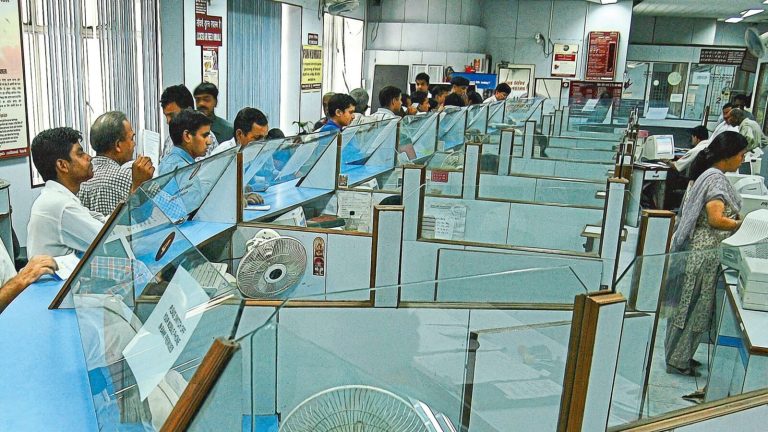We look at banks as safekeepers of our money, which they are. The banking system in India is generally robust. As long as you keep your money with a leading bank, your money is safe. However, on paper, your money is safe up to ₹5 lakh per bank, which is known as deposit insurance. This insurance is taken care of by Deposit Insurance and Credit Guarantee Corporation (DICGC). With the latest cooperative bank failure, there are talks of increasing the coverage from ₹5 lakh to, say, ₹10 lakh.
Coverage scenario
In 1962, the deposit insurance limit was ₹1,500. It went up in stages and, in 1993, it was increased to ₹1 lakh. In February 2020, it was raised to ₹5 lakh, where it stands currently. The insurance premium— you don’t have to pay, the bank pays it—was 5 paise per ₹100 in 1962. It has moved up to 12 paise now. As of March 2024, the number of banks covered by DICGC is 1,997, including 140 commercial banks (the usual ones where we keep our money) and 1,857 cooperative banks.
As of March 2024, 97.8% of the total number of deposit accounts (2.898 billion) are fully insured. Of the total assessable deposits of ₹218 lakh crore, 43.1% were insured. To put this in perspective, one person can have multiple bank accounts. Hence, there are 289.8 crore deposit accounts in India for a population of about 144 crore. The extent of coverage, as a percentage of total deposits of ₹ 218 lakh crore, is less than half, 43.1%, because of the limit of ₹ 5 lakh. For smaller deposits, up to ₹ 5 lakh, the entire component is covered. Larger deposits, higher than ₹5 lakh, are partially covered. The ratio of insured deposits to assessable deposits is higher for cooperative banks (63.2%) than commercial banks (42%), as the deposit size in cooperative banks is relatively smaller.
How to optimize coverage
There are ways to enhance your coverage. ₹5 lakh for this purpose includes all your money with the bank—savings, term deposits, recurring deposits, etc. You may spread your deposits across banks since the coverage is per bank and not across the banking system. For example, ₹15 lakh spread across three banks, as ₹5 lakh with each bank, is insured. Different branches of the same bank are considered together for this purpose.
You may also open multiple accounts in different capacities. You may open accounts as self, jointly with your spouse, as a partner in a firm, as guardian of a minor child, etc. Though one person can have only one permanent account number or PAN, the accounts are separate and even in the same bank, these will be treated as separate accounts.
The need for protection
Sometimes, we hear about unfortunate accidents in banks and depositors’ money being at stake. The anger and finger-pointing happen towards those with the responsibility of the system—the regulator, the government, etc. While the “system” has a responsibility, every stakeholder has a responsibility, and that includes the depositor. Here, the “responsibility” of the depositor means understanding what s/he is getting into, what the risk is, and if something goes wrong, who is supposed to bear the loss beyond ₹5 lakh.
The crisis at Punjab and Maharashtra Co-operative Bank did not spare even people at the Reserve Bank of India. Reportedly, the Reserve Bank Officers’ Co-operative Credit Society Ltd, with about 3,500 members, had a fixed deposit of ₹105 crore with PMC, and Reserve Bank Staff & Officers Co-operative Credit Society Ltd, with about 8,300 members, had ₹86.50-crore in a fixed deposit.
The basis of your comfort with a bank should not be the DICGC cover but the fundamental quality of the bank. Preferably, you should bank with institutions where you would never require this coverage. If you are placing your money with a bank due to a high interest rate offered, think again. When opting for the simplest and most basic of investment options—as against, say, equity—you should have peace of mind. Public sector banks are safe. Though it is not a stated guarantee, it is an implied responsibility of the government, which is beyond ₹5 lakh. After PSU banks come leading private sector banks. When dealing with cooperative banks, you must be careful about the coverage and check with the DICGC website to see whether your bank is covered.
The writer is a corporate trainer (financial markets) and author



